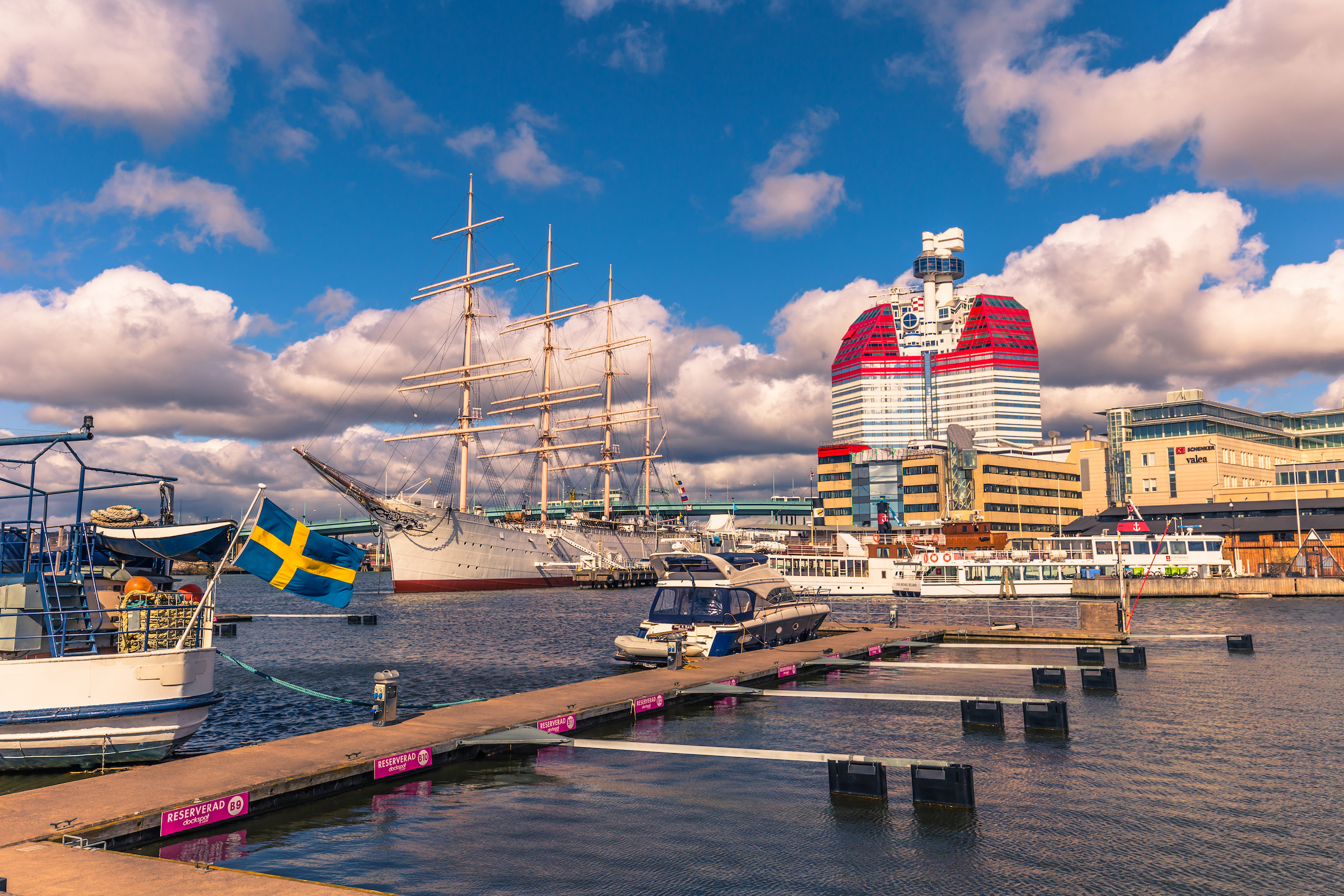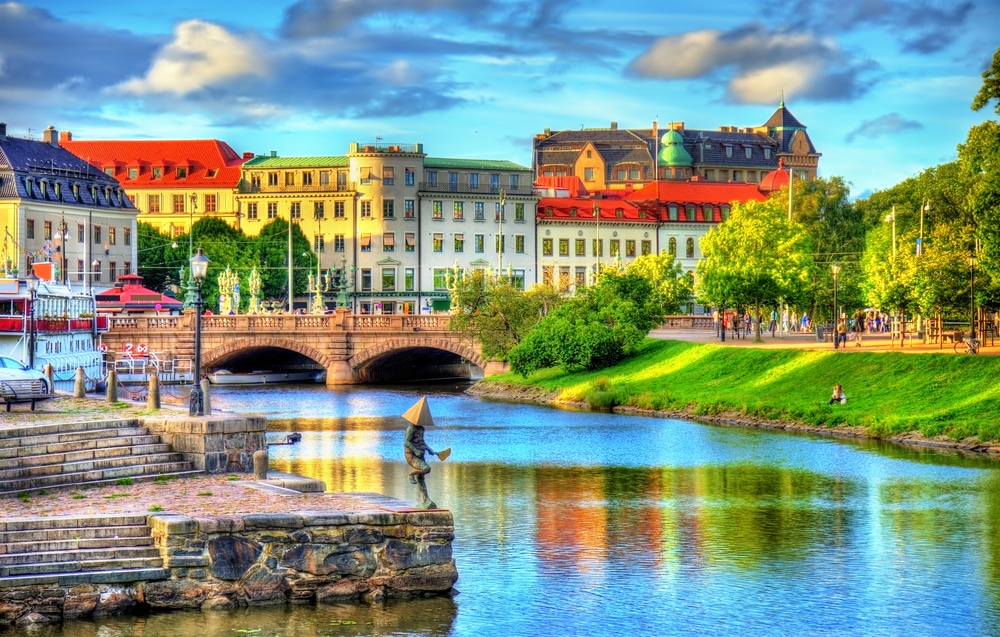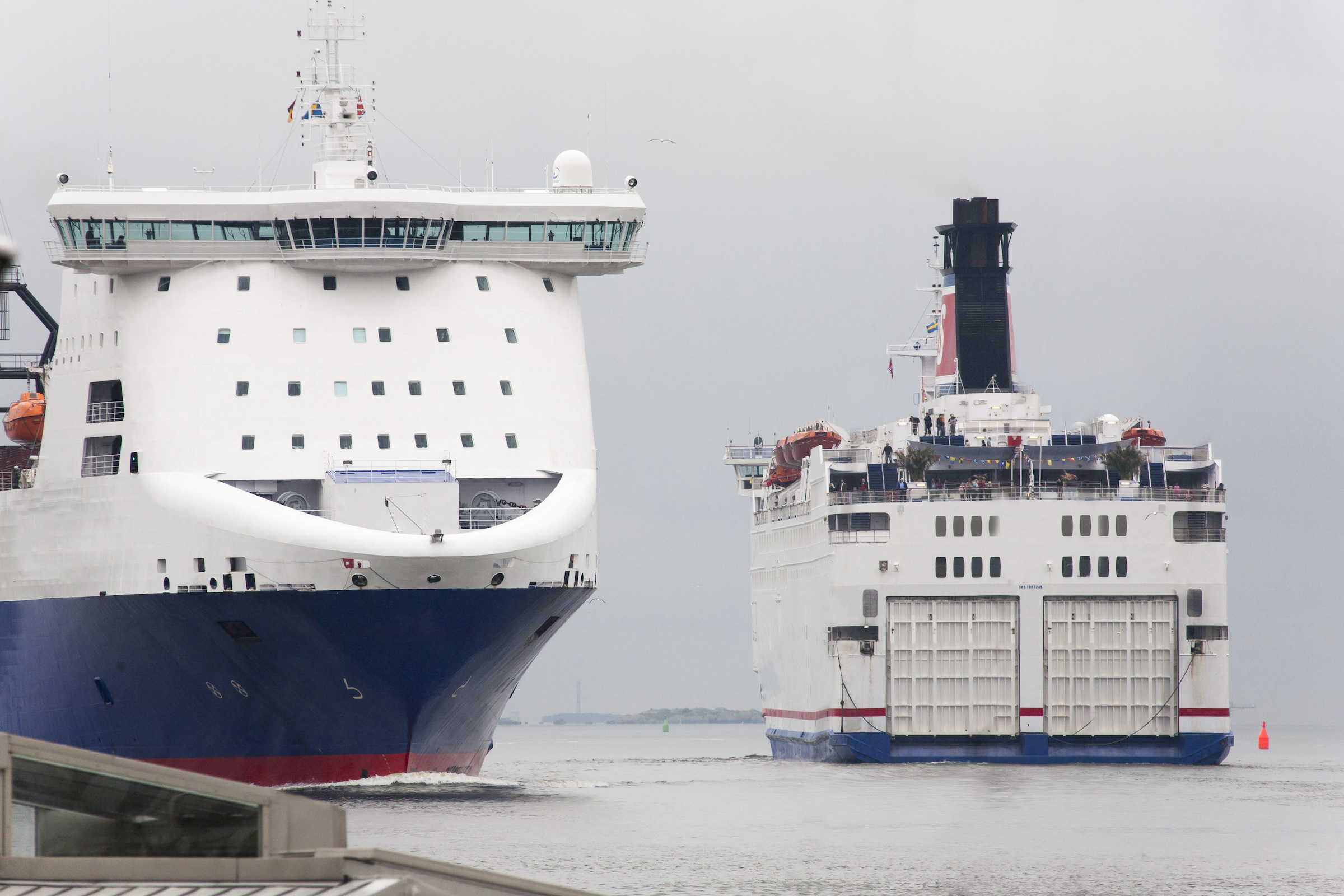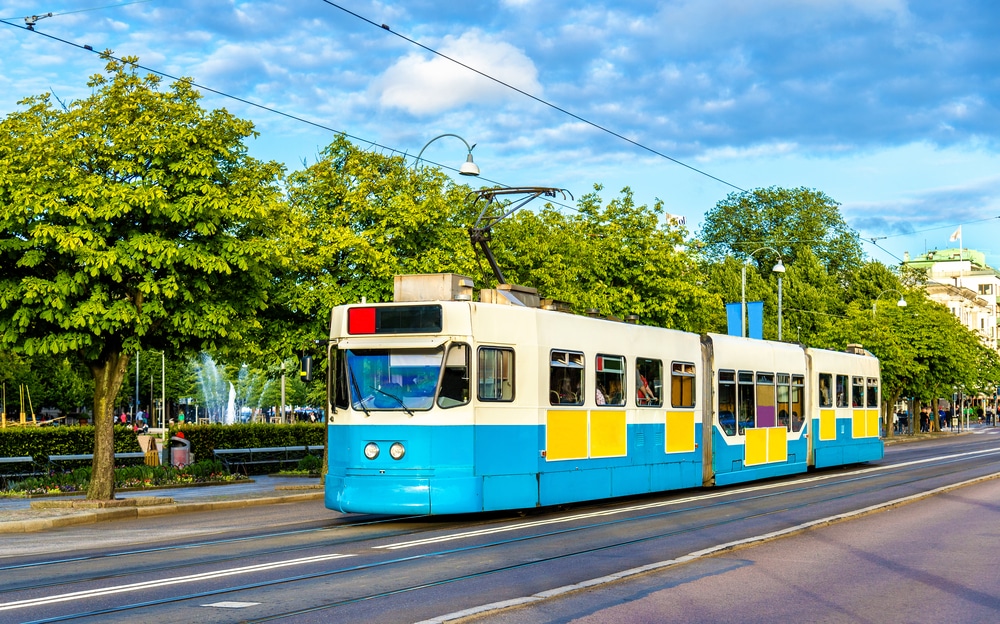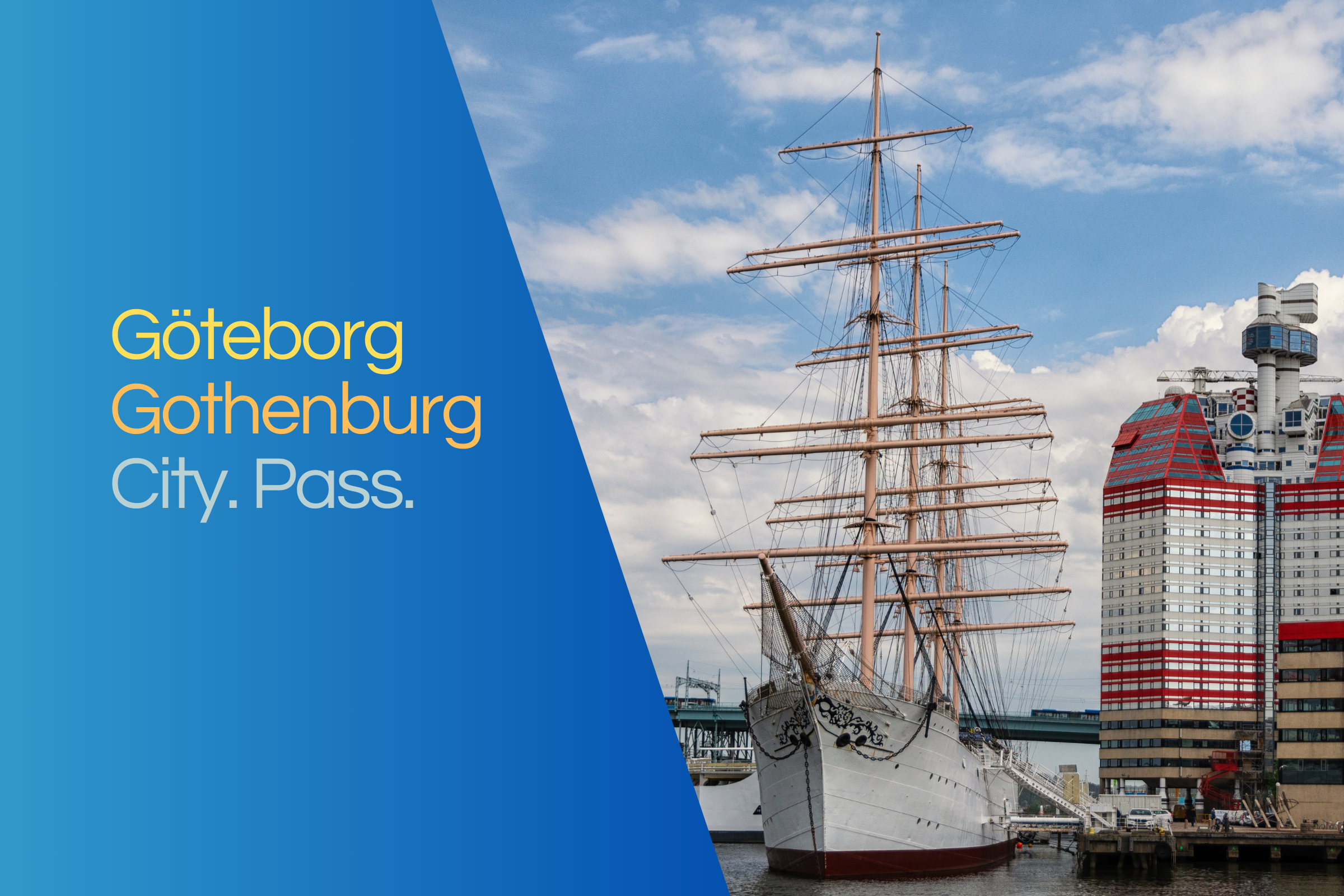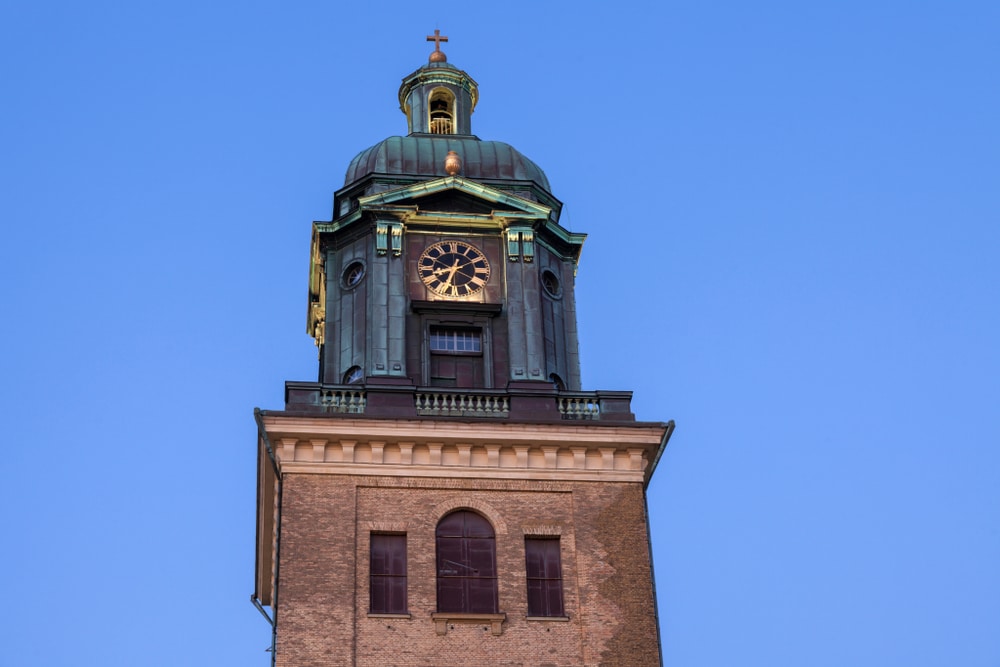- Home ›
- Sweden ›
- Gothenburg
The Haga district
Haga, Gothenburg's old town proper, is one of the city's attractions for locals and visitors alike. The district south of the Göta älv is less hectic than the bustling city centre and, thanks to the largely preserved (and car-free) streets with their 17th- and 18th-century buildings, looks picturesque without appearing overtly touristy.
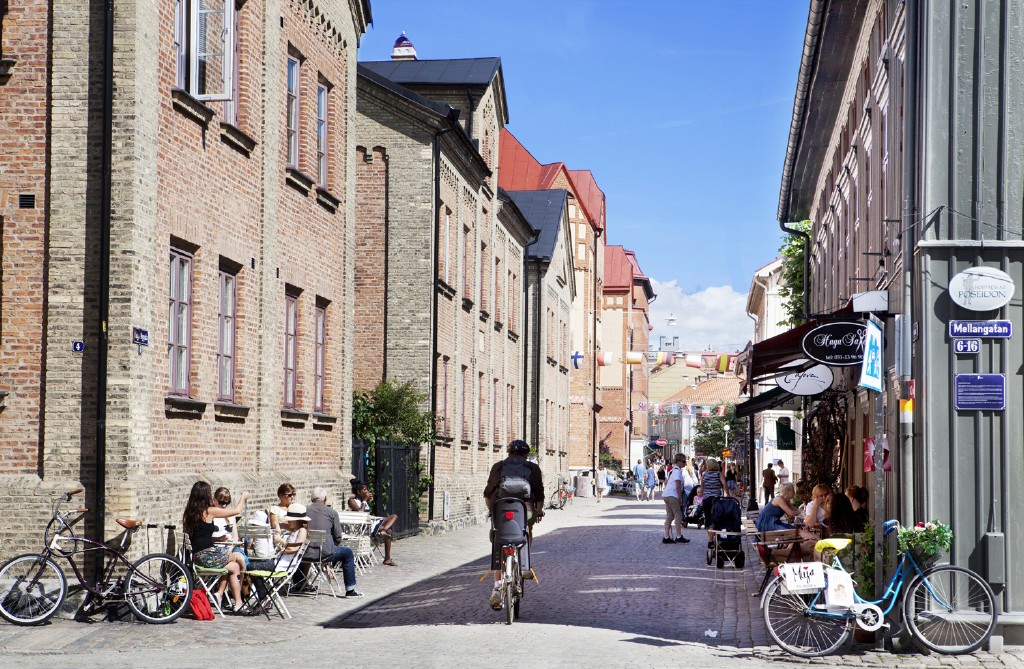
The history of Haga
For a long time, Haga was anything but an attractive city district. Created after 1648 by order of Queen Christina (she was the daughter of Gothenburg's founder Gustav II Adolf), Haga was located outside the city walls and moat; it went without saying that the district had to be abandoned in the event of an attack on Gothenburg. Several times it was necessary to burn down Haga in order to have a clear field of fire on the attackers.
At that time, the mouth of the river Göta älv into the Kattegat was Sweden's only access to the North Sea; after all, Halland to the south and Bohuslän to the north belonged to the Danish-Norwegian Empire, at that time a superpower in the European north. From this time only the fortified tower Skansen Kronan is left in Haga from the fortification with the two redoubts Kronan (the crown) and Lejonet (the lion); after an eventful history as prison, emergency accommodation and military museum it is now a restaurant and forms the highest viewpoint of the district.
It was not until the Peace of Roskilde in 1653 that Gothenburg's strategic location could be used more peacefully for trade and developing industry, earning the city the nickname Lilla London (Little London). Dutch, Norwegians, British and Germans were among Haga's first settlers. Later, seamen and dockworkers settled here, and the densely populated district acquired an increasingly bad reputation from which the wealthy citizens of Gothenburg turned away.
In the 20th century Haga was to be demolished, but through popular protest this unique ensemble was preserved. In the 1980s, redevelopment of the neighbourhood began, allowing much of the typical houses - stone below, wood above - to be preserved, as well as the original cobblestones. These houses are called Landshövdingehus (roughly: country houses) and are preserved in this number only here.
Tourists, hipsters and artists
Artistic avant-garde and students, hipsters and average Swedes live here or spend their coffee break or a nice weather afternoon in Haga. You can picnic in the green spaces(Kungsparken in English style with old trees and idyllic places by the water or the Linnépark bordering Haga) and discover many things in the main street Haga Nygata: from pastry specialties to design classics, books or fashion in the so-called Scandinavian style. It's not only in summer that much of life takes place on the street; Haga is worth a visit all year round. In the run-up to Christmas, Haga becomes one big Christmas market, probably the most beautiful of the otherwise prosaic Gothenburg.
On the road in Haga
Today, about 4,000 Gothenburgers live in Haga; once there were 15,000. This made room for the numerous cafés (e.g. the Kringlan), restaurants (for fresh fish and seafood: Sjöbaren; for Köttbuller & Co. Hemma hos), boutiques for fashion, arts and crafts(Design Market 29) and jewellery. Also good second-hand shops(Bebop Antik) and small shops (toy shop Liten Karin), for which Haga, now almost everywhere a relaxed pedestrian zone, is now famous. For fresh food and street food from all over the world, the 40 stalls in the Great Market Hall Stora Saluhallen are the first port of call.
Haga is easy to walk around, but Gothenburg's rental bike system Styr & Ställ allows even the most foot-weary visitor to visit everything. If you like, you can unwind after a long day at the art nouveau spa Hagabadet. In the evenings, Haga is a rather quiet address; occasionally there are organ concerts in Sweden's first High Gothic church, built here in 1859 from Edinburgh sandstone using private funds.
